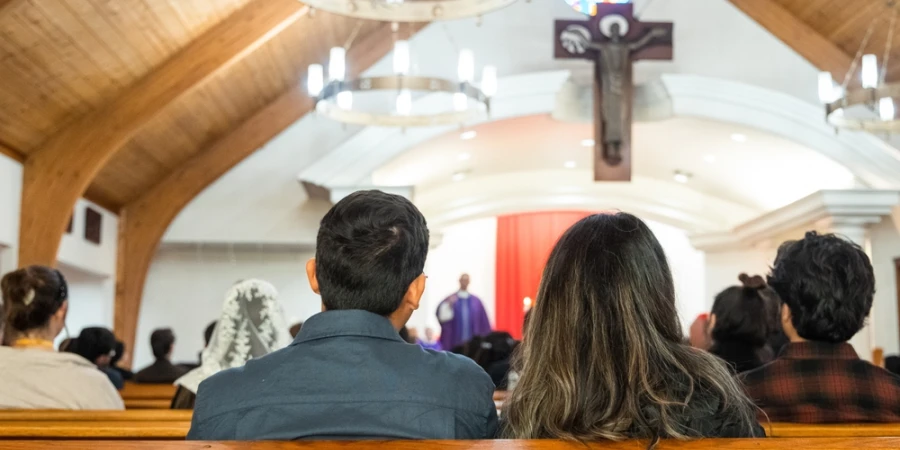Faith in Flux: Why Americans' Religious Landscape Remains Surprisingly Stable

Religious Landscape in America: Steady Religious Demographics Persist
Recent data reveals a remarkable stability in America's religious composition, with minimal shifts in major religious affiliations over the past few years. The Catholic population has maintained a consistent presence, experiencing only a slight one-percentage-point decline from 22% in 2020 to 21% in 2024. Similarly, Protestant denominations have demonstrated remarkable resilience, with their population gently decreasing from 46% to 45% during the same period.
These subtle changes suggest a relatively steady religious landscape, indicating that while minor fluctuations occur, the overall religious identity of Americans remains largely unchanged in the early 2020s.
